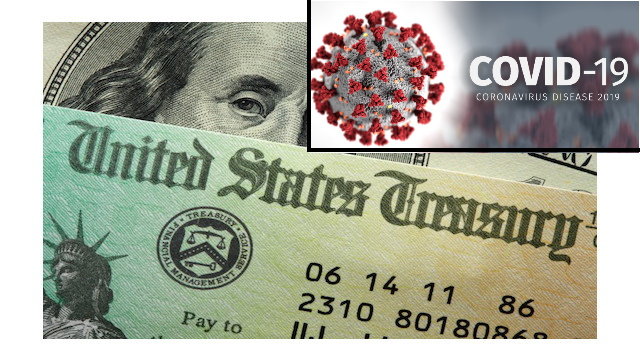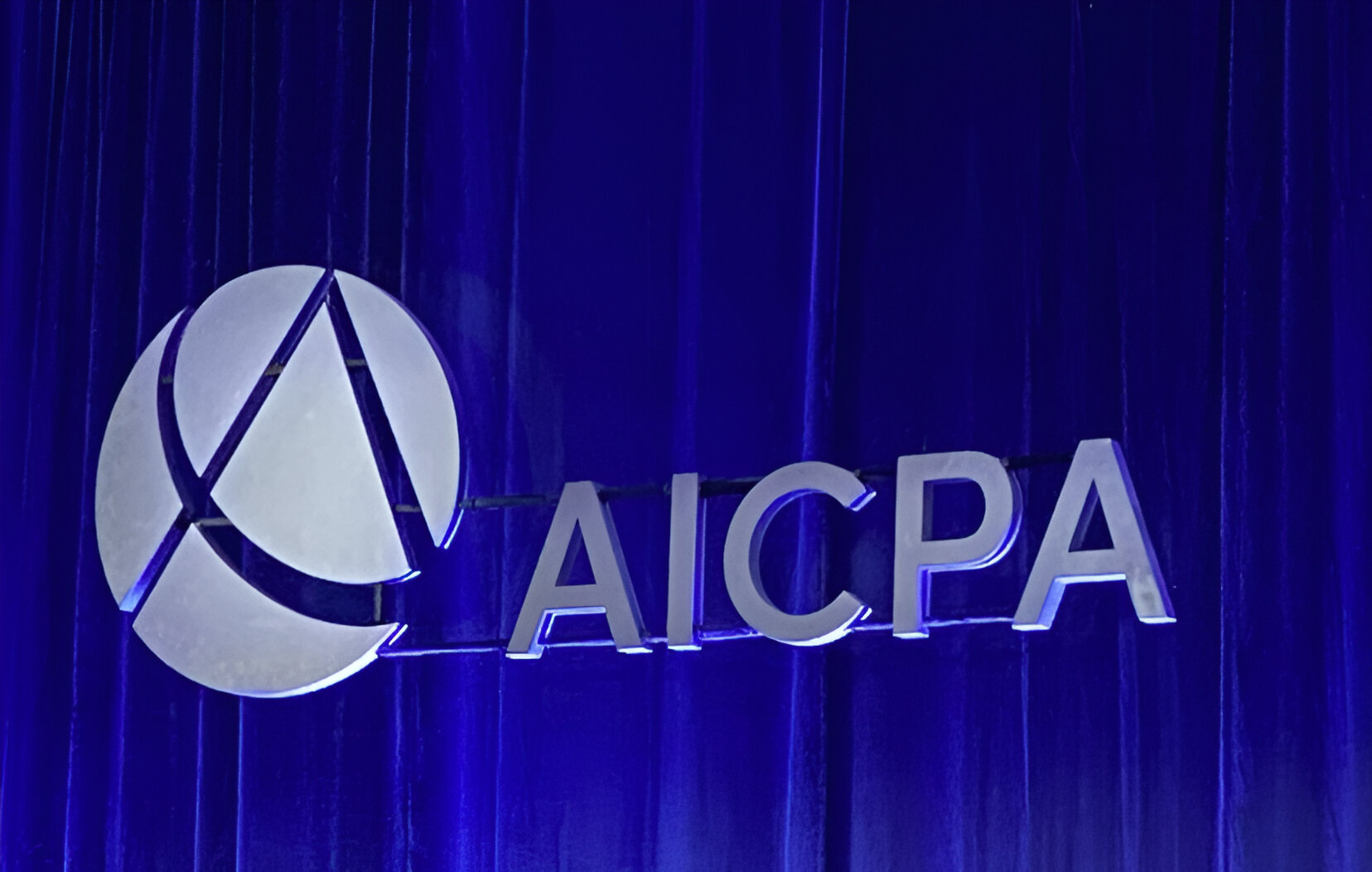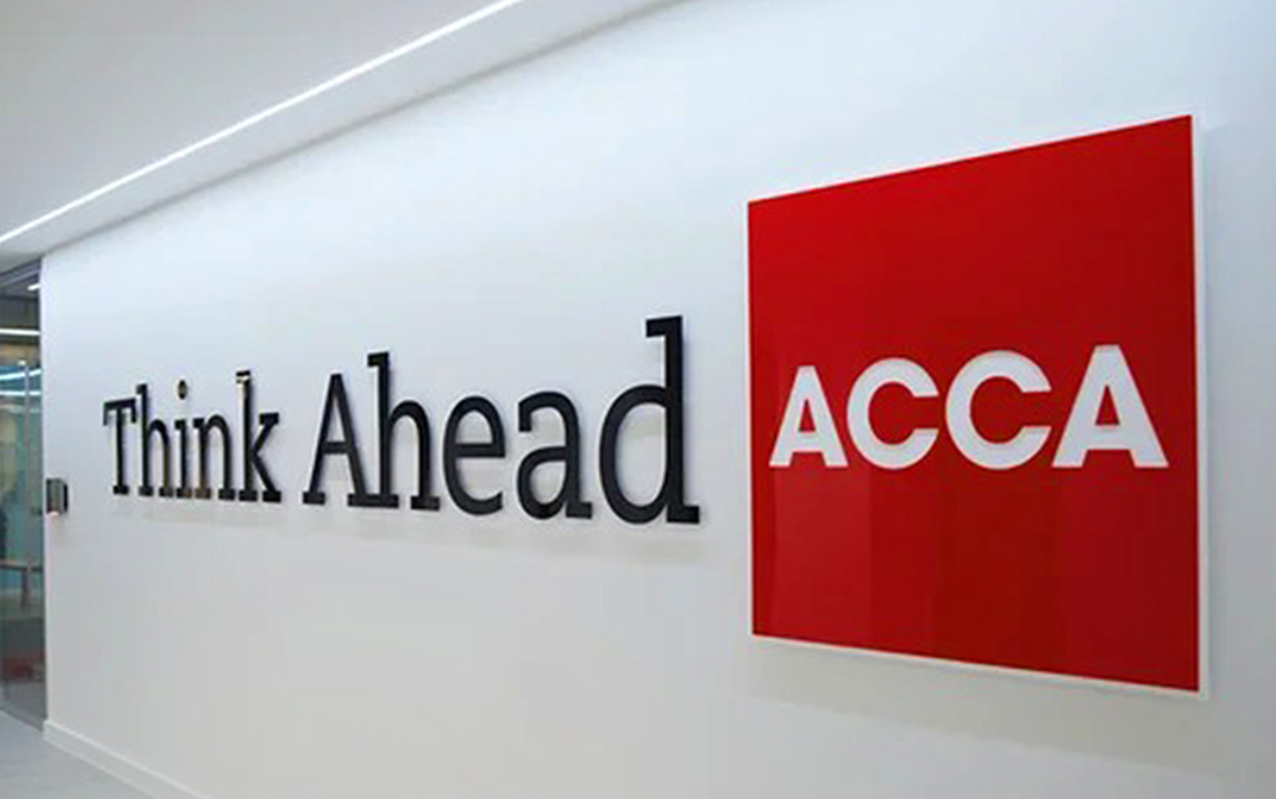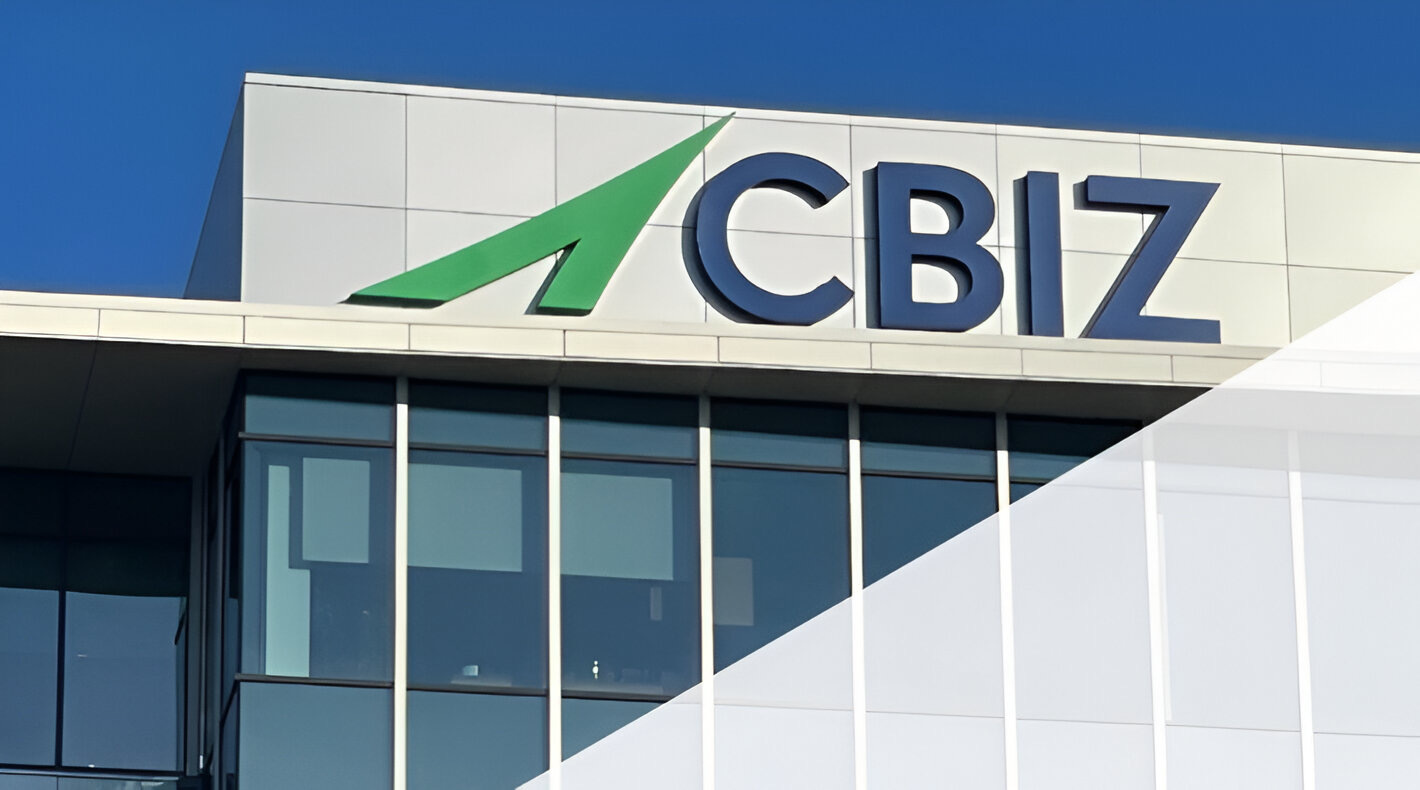The Coronavirus Response and Relief Supplemental Appropriations Act of 2021 is a $900B relief package to deliver a second round of economic stimulus for individuals, families, and businesses. The package provides relief through multiple measures and expands many of the provisions already put into place under the CARES Act.
[For the latest on the new Cororavirus stimulus payments and other economic stimulus aspects of the law, visit our Covid-19 News page: https://www.cpapracticeadvisor.com/covid-19]
Below are some of the higher-impact items, more important elements of each provision and key callouts critical to tax professionals.
Additional Round of Economic Impact Payments (EIP)
- Direct payments
- $600 per eligible family member
- $1,200 for married filing joint returns
- $600 per dependent child under 17 years’ old
- Credit phase-out starting at $75,000 of modified adjusted gross income ($112,500 for head of household and $150,000 for married filing joint).
- Advance payments are based on information on 2019 tax returns.
- Taxpayers without a social security number are not eligible.
- If the credit determined on the taxpayer’s 2020 tax return exceeds the amount of the advance payment, the taxpayer will receive the difference as a refundable tax credit. Taxpayers who receive an advance payment that exceeds the credit do not need to repay the amount.
- Key takeaway:
- This measure provides additional, much needed financial assistance for Americans impacted by the global pandemic.
Unemployment Insurance
- Additional $300 per week for all workers receiving unemployment benefits, from December 26, 2020 to March 14, 2021.
- Extends and phases out PUA, a temporary federal program covering self-employed and gig workers, to March 14 (after which no new applicants) through April 5, 2021.
- Provides additional weeks for those who would otherwise exhaust benefits by extending PUA from 39 to 50 weeks — with all benefits ending April 5, 2021.
- The bill also provides an extra benefit of $100 per week for certain workers who have both wage and self-employment income but whose base UI benefit calculation doesn’t take their self-employment into account.
- Key takeaways:
- The extension was critical in preventing as many as 14 million Americans from losing this economic lifeline at the end of the year.
- Tax professionals can help their clients stay up to date on state’s guidelines.
Paycheck Protection Program Loans
- Businesses are now allowed to deduct expenses associated with their forgiven PPP loans.
- The new law provides $284.45 billion to reopen and strengthen PPP for first and second time borrowers and reauthorizes the program through March 31, 2021.
- Develops a process for a small business to receive a second PPP if the small business has less than 300 employees and can demonstrate a revenue reduction of 25 percent.
- Creates a simplified PPP loan forgiveness application for loans under $150,000 whereby the borrower signs and submits a one-page certification that requires the borrower to list the loan amount, the number of employees retained, and the estimated total amount of the loan spent on payroll costs.
- Expands the list of eligible expenses to include covered operations (software, cloud computing and other human resources and accounting needs), PPE, covered supplier costs and damage costs due to public disturbances.
- Repeals the CARES Act provision that requires borrowers to deduct their EIDL Advance from their PPP loan forgiveness amount.
- Key takeaways:
- Tax professionals can help their clients to determine PPP loan and forgiveness eligibility and with applications.
- Tax professionals can encourage their clients to keep all PPP funds separate and to keep important records.
Economic Injury Disaster Loan (EIDL) Advance Program
- The new law provides $25 billion to restart and extend the EIDL Advance Grant for small businesses in low income communities.
- Creates a process for existing EIDL Advance grantees that received less than $10,000 to reapply for the difference between what they received and the maximum EIDL Advance Grant of $10,000.
Extension of the Employee Retention Credit
- Beginning on January 1, 2021 and through June 30, 2021, the provision:
- Increases the payroll tax credit rate from 50 percent to 70 percent of qualified wages.
- Expands eligibility for the credit by reducing the required year-over-year gross receipts decline from 50% to 20% and provides a safe harbor allowing employers to use prior quarter gross receipts to determine eligibility.
- Increases the limit on per-employee creditable wages from $10,000 for the year to $10,000 for each quarter.
- Increases the 100-employee delineation for determining the relevant qualified wage base to employers with 500 or fewer employees.
- Employers who receive Paycheck Protection Program (PPP) loans may still qualify for the ERTC with respect to wages that are not paid for with forgiven PPP proceeds.
- Key takeaways:
- The extension of this tax credit will help keep additional U.S. workers on payroll and more small businesses and nonprofits across the country afloat.
- Tax professionals can help their clients determine whether to take the Employee Retention Credit or a Paycheck Protection Program loan.
Special lookback for Earned Income Credit and Child Tax Credit
- Special temporary rule allowing lower-income individuals to use their earned income from tax year 2019 to determine the Earned Income Tax Credit and the refundable portion of the Child Tax Credit (i.e., the Additional Child Tax Credit) in the 2020 tax year.
- Key takeaway:
- This will help workers who experienced lower wages this year, due to the pandemic, to get a larger refund that is consistent with their earnings from prior filing seasons.
Eviction Moratorium and Rental Assistance
- The bill extends the moratorium on evictions under the CARES Act, designed to protect renters from eviction, until January 31, 2021.
- Families struggling to pay rent or with past due rent will be able to get assistance with paying past due rent, future rent payments, as well as utility bills.
Miscellaneous provisions
- A 100% deduction for business meal food and beverage expenses provided by a restaurant that are paid or incurred in 2021 and 2022. Currently, the deduction is available for only 50% of such expenses.
- Extends the non-itemizer charitable deduction for 2021 and increases the maximum amount that may be deducted to $600 for married couples filing a joint return (while non-married filers or married filers who file separately are limited to $300).
- For 2020 and 2021, the percentage limit rules for individuals making cash charitable contributions do not apply. (i.e. you don’t need to apply the 60% AGI limitation)
- Further flexibility for taxpayers to rollover unused amounts in their health and dependent care flexible spending arrangements from 2020 to 2021 and from 2021 to 2022. Permits employers to allow employees to make a 2021 mid-year prospective change in contribution amounts.
- College students and parents with federal student loans will receive an additional extension on student loan payments, and will not be required to make payments on Federal Student loans until April 1, 2021. This includes both principal and interest payments.
- Contractors who were temporarily unable to work due to facility closures and other restrictions will be able to receive reimbursement for paid leave from federal agencies.
Extender provisions
- The 7.5% adjusted gross income limit (instead of 10%) pertaining to the medical expense deduction has been made permanent.
- The higher learning tuition deduction is made permanent by increasing the phase-out limits in the permanent lifetime learning credit.
- The exclusion from gross income of discharge of qualified principal residence debt has been extended through 2025 (was due to expire at the end of 2020). The maximum acquisition debt limits are reduced from $2 million to $750,000 (from $1 million to $375,000 for married filing separate returns).
- The treatment of mortgage insurance premiums as qualified residence interest has been extended for one year through 2021 (was due to expire at the end of 2020).
- The nonbusiness energy property credit for qualified energy improvements to a principal residence has been extended for one year through 2021 (was due to expire at the end of 2020).
Conclusion
This $900B relief package delivers a second round of economic stimulus, expands on CARES Act provisions, and provides additional relief through multiple different measures. To help your clients stay on top of these changes, and to take advantage of the right provisions offered, set up a meeting to formulate a plan soon. It is essential to communicate the applicable changes to your clients at the right level.
========
Mike D’Avolio will share more insights and key measures during the January 15th webinar on the COVID-19 Relief Package. Register today.
Mike is a CPA and senior tax analyst with Intuit ProConnect Group. D’Avolio has been a small-business tax expert for more than 20 years and serves as the primary liaison with the Internal Revenue Service for tax law interpretation matters. He manages all technical tax information, and supports tax development and other groups by providing them with current tax law developments, analysis of tax legislation and in-depth product testing of Intuit’s professional tax software products including Lacerte, ProSeries and ProConnect Tax Online.
Thanks for reading CPA Practice Advisor!
Subscribe Already registered? Log In
Need more information? Read the FAQs
Tags: Accounting, Benefits, Income Taxes, IRS




